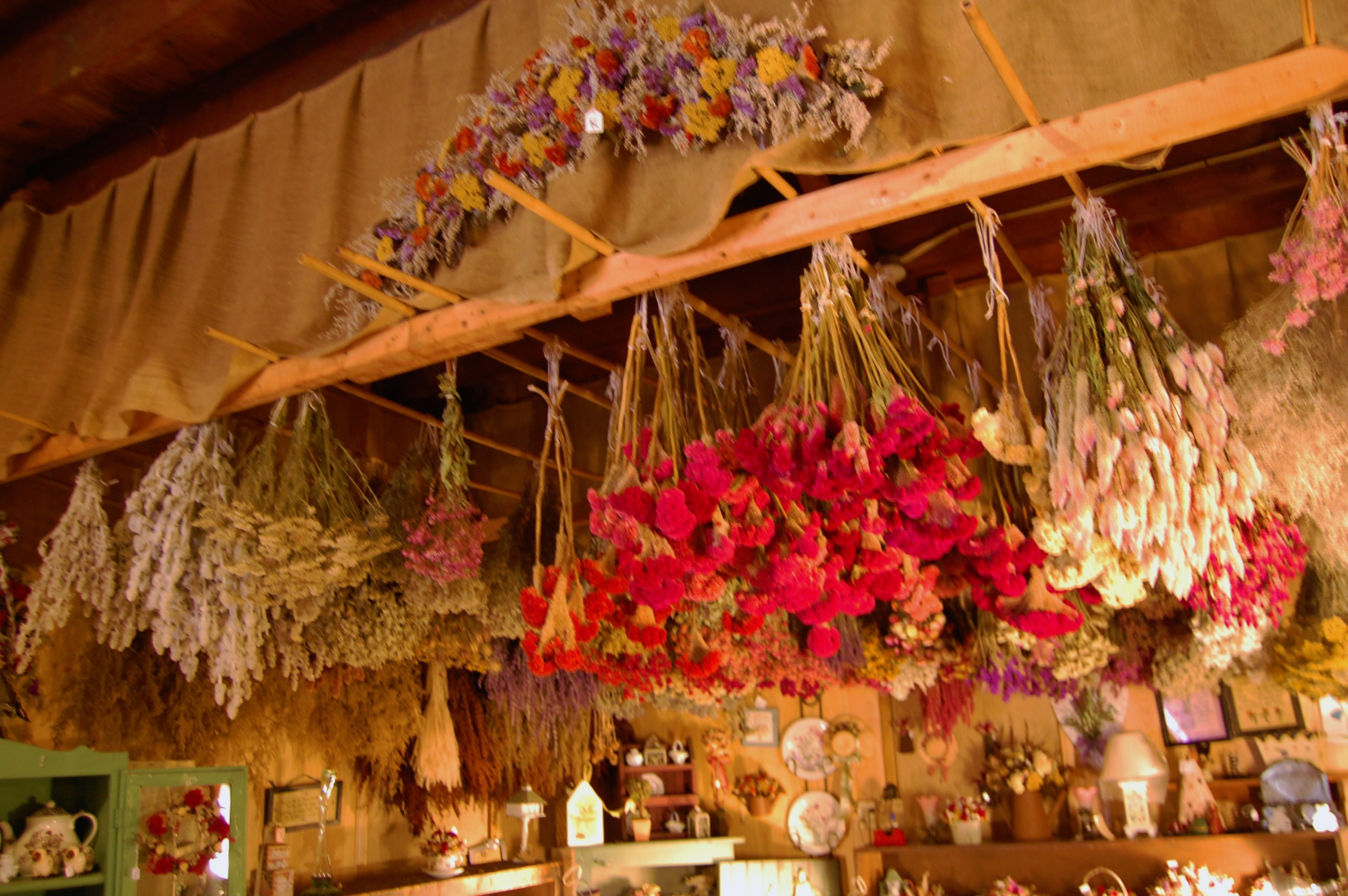Rosemary And Thyme: Growing, Harvesting, And Preserving Your Herbs

Table of Contents
Growing Rosemary and Thyme
Choosing the Right Location and Soil
Rosemary and thyme thrive in sunny locations, requiring at least six hours of direct sunlight daily for optimal growth. Well-drained soil is crucial; these herbs dislike soggy conditions that can lead to root rot. If your soil is heavy clay, amend it with compost or other organic matter to improve drainage and aeration. You can grow rosemary and thyme successfully in containers, making them ideal for patios or smaller gardens, but ensure the pots have adequate drainage holes. Choosing the right variety is also key. Consider your climate; some rosemary varieties are better suited to colder climates than others, and the same applies to thyme.
Planting Rosemary and Thyme
You can plant rosemary and thyme from seedlings or start them from seeds. Seedlings offer a faster route to harvesting, while starting from seeds provides a more cost-effective option. When planting, space your rosemary plants about 2-3 feet apart and thyme plants about 12-18 inches apart to allow for healthy growth. Water deeply after planting, but avoid overwatering, especially when they are young. A balanced, slow-release fertilizer can provide essential nutrients, encouraging robust growth.
Ongoing Care for Rosemary and Thyme
Regular watering is essential, but avoid overwatering, which can lead to root rot. Allow the soil to dry slightly between waterings. Pruning is beneficial for shaping your plants and promoting bushier growth. Pinch back new growth regularly to encourage branching. Rosemary and thyme are generally pest and disease resistant, but watch out for aphids and spider mites. In colder climates, winter protection might be necessary; consider mulching around the base of the plants or providing some shelter from harsh winds and frost.
Harvesting Rosemary and Thyme
Knowing When to Harvest
Harvest rosemary and thyme when the plants are actively growing, typically during the warmer months. Look for mature stems with a strong aroma. For rosemary, you can harvest whole sprigs or individual leaves; for thyme, harvesting the flowering tops is a good way to get the best flavor and aroma. The best time to harvest is in the morning after the dew has dried, when the essential oil content is at its peak.
Harvesting Techniques
Use sharp shears or pruning scissors to harvest sprigs and leaves, taking care not to damage the plant. For fresh use, simply snip what you need. For drying, harvest larger quantities. Avoid over-harvesting; taking too much can stress the plant and hinder its growth. A good rule of thumb is to harvest no more than one-third of the plant at any one time.
Post-Harvest Handling
Rinse your harvested rosemary and thyme gently under cool water to remove any dirt or debris. For short-term storage (a few days), store the herbs loosely wrapped in a damp paper towel in a sealed plastic bag in the refrigerator.
Preserving Rosemary and Thyme
Drying Rosemary and Thyme
Air drying is a simple method. Bundle sprigs together and hang them upside down in a cool, dark, and well-ventilated area. Alternatively, you can lay the sprigs on a screen or paper towels. Oven drying (low heat) and dehydrator methods offer faster drying times. Properly dried herbs should be brittle and easily crumble. Store dried herbs in airtight containers in a cool, dark, and dry place to maintain their flavor and aroma.
Freezing Rosemary and Thyme
Freezing preserves the color and flavor well. You can freeze whole sprigs or chop the leaves before freezing. Place the herbs in freezer-safe bags or containers, removing as much air as possible.
Other Preservation Methods
Rosemary and thyme's versatility extends beyond drying and freezing. Infuse olive oil with sprigs for a flavorful cooking oil. Create herb vinegars by steeping sprigs in vinegar. Make herb salts by combining dried herbs with sea salt.
Conclusion
Growing, harvesting, and preserving your own rosemary and thyme is a rewarding experience, providing you with fresh, flavorful herbs throughout the year. From choosing the right location and soil to mastering various preservation techniques, each step contributes to the delicious outcome. Remember to start with high-quality seeds or seedlings, provide proper care, and harvest at the peak of flavor. Now is the perfect time to start your own herb garden and enjoy the culinary benefits of growing your own rosemary and thyme. Harvesting your rosemary and thyme will be a satisfying experience that you can enjoy all year round. Visit [link to seed supplier or gardening guide] to get started on your journey to grow your own rosemary and thyme today!

Featured Posts
-
 Tigers Open Road Trip Against Twins In Friday Night Matchup
May 31, 2025
Tigers Open Road Trip Against Twins In Friday Night Matchup
May 31, 2025 -
 Adverse Drug Test Munguias Response And Denial
May 31, 2025
Adverse Drug Test Munguias Response And Denial
May 31, 2025 -
 Up To 30 Off Book Your Lavish Spring Hotel Stay Today
May 31, 2025
Up To 30 Off Book Your Lavish Spring Hotel Stay Today
May 31, 2025 -
 Susie Wiles Impersonation Federal Authorities Open Investigation
May 31, 2025
Susie Wiles Impersonation Federal Authorities Open Investigation
May 31, 2025 -
 Deficit Foire Au Jambon 2025 Un Cout D Organisation Explosif La Responsabilite De La Ville De Bayonne Questionnee
May 31, 2025
Deficit Foire Au Jambon 2025 Un Cout D Organisation Explosif La Responsabilite De La Ville De Bayonne Questionnee
May 31, 2025
